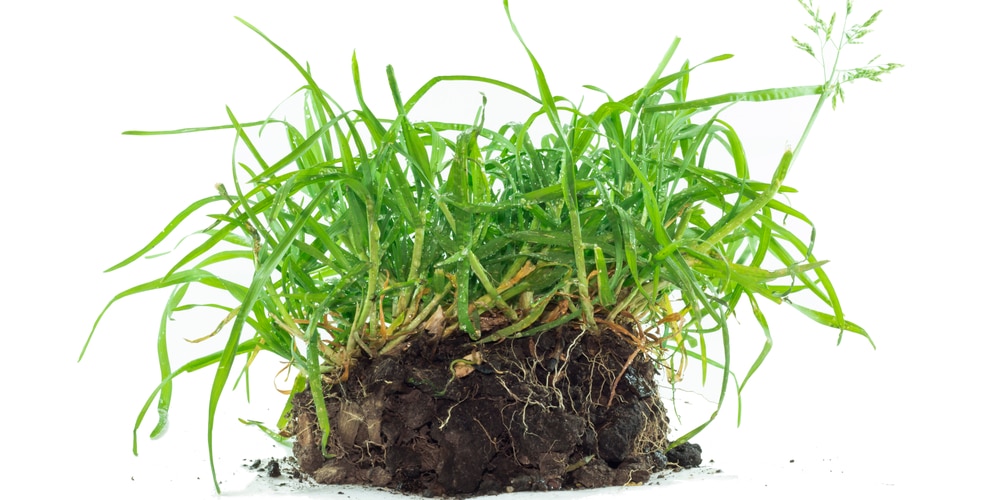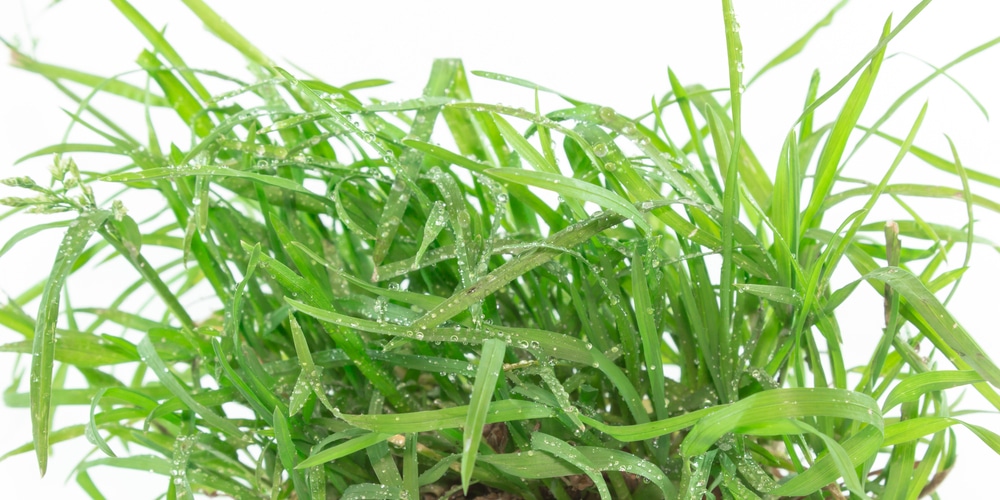Quackgrass grows in various conditions and can cope with shade and poor soil as long as it gets enough water to survive. Let’s look at how to identify and get rid of quackgrass.
Quackgrass is a perennial grass that can grow up to several feet tall. It produces large amounts of seed, which it drops in the surrounding area, causing the plant to reproduce the following growing season. It grows virtually anywhere and anytime, and it spreads by sending out underground roots known as rhizomes. This makes it challenging to get rid of once you have this kind of grass growing in your yard, vegetable garden, or even your flower beds.
This type of grass spreads rapidly via seed and stolons, which are stems that root at the nodes. It can propagate from lawns to roadsides, pastures and hayfields. It poses particular problems to wheat farmers because it is able to survive on limited rainfall and depletes the soil of nitrogen. Quackgrass is native to Europe but has become widespread throughout North America.
Best Way to ID Quackgrass
Quackgrass is a perennial, cool-season grass that looks relatively similar to crabgrass. It’s part of the Poaceae family and is native to Europe. Finding a full-grown Quackgrass plant is unusual. It is much more common to find its smaller offshoots that haven’t yet bloomed or gone to seed.
Size
One of the easiest ways to identify quackgrass is that it grows in lawns and is easy to spot as it’s taller than lawn grass. This invasive weed is most commonly found in the Northern states, and it can cope with cold weather. A mature plant can grow up to three feet tall and has rough foliage, and produces seed heads.
Quackgrass plants generally reach heights between 24-70 centimeters tall, with stolons that are generally shorter than the height of the plant. Quackgrass stems are tough and can be up to 5 millimeters wide. Stems appear to have three longitudinal bands, but these bands are actually three groups of nodes. The hollow stems (with the ridges noted above) tend to be tough and can survive winter conditions.
Color
Quackgrass is green or blue to green in color. It isn’t toxic to humans or pets and doesn’t cause skin irritation if handled. It’s a safe plant to have in your yard, and some people don’t mind quackgrass as it attracts wildlife. The problem is that it’s very invasive, and the seeds can be spread via bird droppings. A single quackgrass plant can quickly spread across your whole yard. It’s a weed that looks like grass.
Soil
Another method of quackgrass identification is to take a look at the soil.
Quackgrass reproduces by sending out underground rhizomes that take root easily in moist soil with plenty of sunlight. By the time Quackgrass is mature enough to produce seeds, it has already sent out a dense mat of rootlets, and the seeds only serve to propagate it further as each plant produces 25 seeds. This is why it spreads so quickly – its strong rhizomes branch out over great distances in all directions, making every square inch of soil in an infested area completely filled with Quackgrass roots.
Quackgrass Seeds
Flowers are generally found in clusters of two to eight. Each individual flower is about 2-4 millimeters long and inconspicuous, but together the flowers form a spikelet that can be up to 6 millimeters wide. Seeds are light brown, flattened, oval shaped and often show ridges on the sides.
How to get rid of Quackgrass?
Now that you know how to identify quackgrass, let’s take a quick look at how to get rid of it.
The most effective way to get rid of quackgrass is by pulling it out before it has any chance to produce seeds. It can be very difficult, however, to remove this weed once it starts spreading. For this reason, you should probably get on top of it quickly if you want to keep your yard or vegetable garden free from quackgrass. The easiest way to get rid of quackgrass is by digging it up and throwing the roots away in the trash. Don’t put it in your compost heap, as rhizomes can regenerate even after they’ve been disposed of.
Be sure to wear thick gardening gloves and long sleeves with closed cuffs, as you run the risk of getting a bad rash from exposure to the rough stems and leaves of this weed. If you miss the opportunity to pull out quackgrass when you first notice it growing, there are a number of other ways to kill or control this plant.
The reason it can be very hard to get rid of quackgrass is because you can’t use herbicides on the weed without damaging your turfgrass. If you want to use herbicide, choose one that’s non-selective and contains glyphosate.
One of the best ways to eliminate the grass is to lay a tarp over the plant to block out sunlight and kill it. This is quite an effective method, but the plant may grow again the following year from a piece of root of seed that’s been left in the ground. To avoid this problem, dig up the roots and treat the area with a pre-emergent herbicide.
Conclusion
It is easy to identify quackgrass. It can be a very tenacious weed that can be difficult to remove, even with the most extreme of home remedies. Many gardeners find that they end up fighting a losing battle, and the quackgrass keeps reappearing year after year. It’s a good idea to regularly check your yard and take action against quackgrass when you spot small clumps of grass forming.

